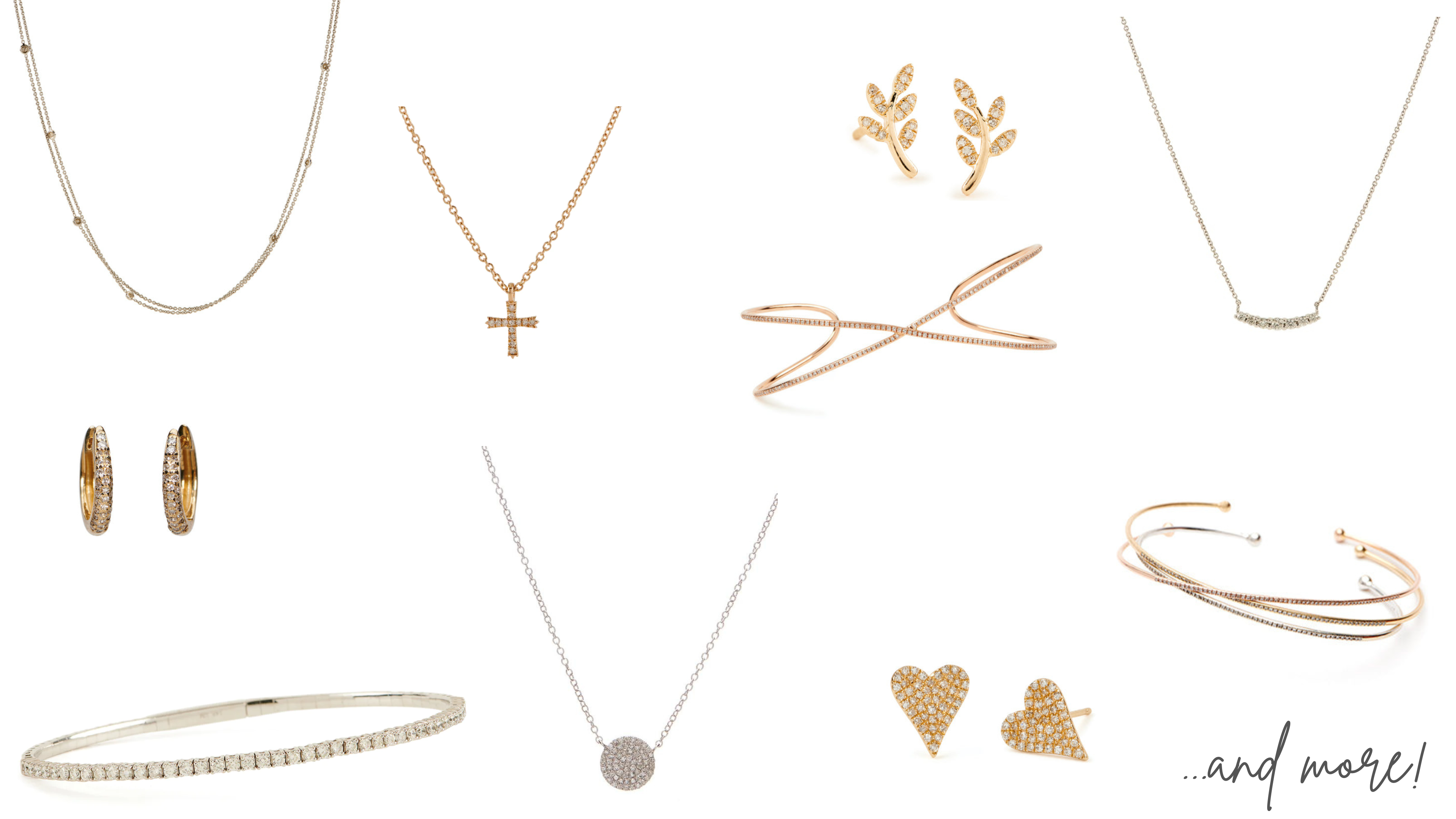
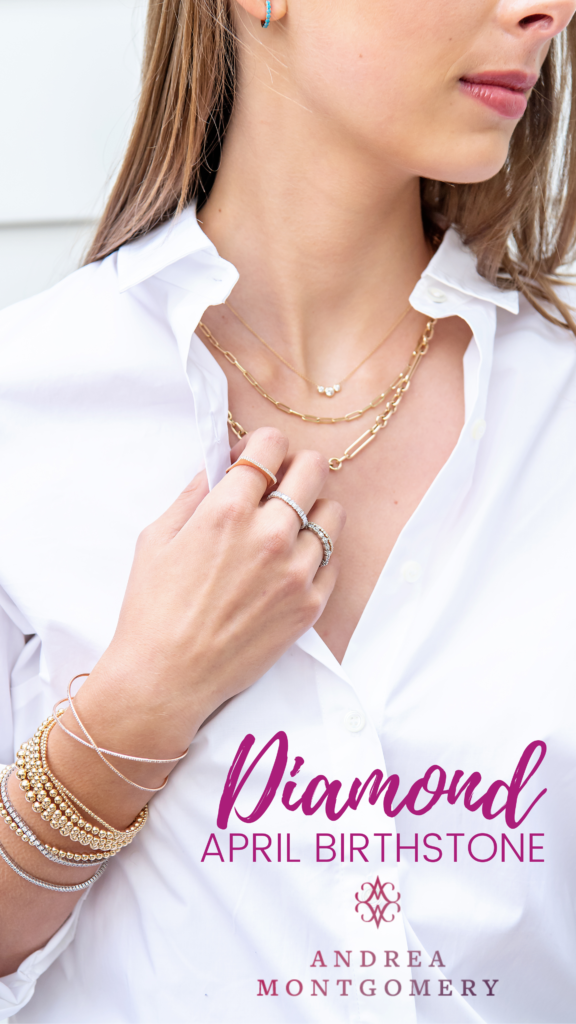
Ah, diamonds… The birthstone for April and both the 60th and 75th anniversaries is simply iconic. Who doesn’t love them? Their history alone is captivating, not to mention their sparkle and internal fire, which are unlike any other gemstone. The name diamond comes from the Greek word “adamas” which means invincible or unconquerable. They are among the most sought-after gemstones and their history and lore are equally rich.
Diamonds form under extremely high pressure and high temperature conditions that only exist way below the earth’s surface – 100 miles down! They’re the only gemstone made from a single element – carbon and those atoms are bonded the same way in all directions, called isometrically, making them very strong. (Fun fact: graphite is also made up almost entirely of carbon, but the structure is completely different, making it soft enough to write with!)
Diamonds were found in streams and rivers in India many, many centuries ago and were traded even then. As early as the 1400’s, they were worn by the wealthy in Europe and were coveted for their beauty. The first known diamond engagement ring was given by the Archduke Maximillian of Austria in 1477. Brazil was also an important source for diamonds but it was the discovery of diamonds near Kimberly in South Africa in the mid 1800’s that changed everything in the diamond market. DeBeers was established as a mining company in the late 1800’s and quickly became the largest controller of the rough diamond market at a 90% share.
In 1905, the largest diamond ever found, which was 3,106 carats was mined in South Africa. In its rough state, it was about the size of a human heart! Two years later, it was handed over by the colonies to King Edward VII of England. It was later cut into what is now known as the Great Star of Africa, a 530 carat pear-shaped stone that was handed over by the colonies to the royal family in England. It was later set into a royal scepter with cross owned by Queen Elizabeth II and is now housed with the Crown Jewels in the Tower of London. After her death last year, some people in South Africa demanded its return.
If you’re near the Smithsonian Institute in D.C., be sure to look for the Hope Diamond, which was mined in India and sold to King Louis XIV of France back in 1668. When I saw it for the first time when I was in high school, I was stunned to see that it was blue in color! (In all honesty, I think I had been picturing the baseball diamond from the Muppets movie!)
Diamonds are often mined in Africa, from South Africa to the Democratic Republic of the Congo and Botswana and since the 1960’s, Russia has been one of the top producers of diamonds in both volume and in value. There are important mines in Australia that were found in 1985 and Canada, found in the early 2000’s, as well. Diamonds rank the highest on the Mohs scale of hardness at a 10 and they can only be scratched by another diamond. They’re the hardest material on Earth – 58 times harder than anything else found in nature. Because they’re very durable, they can be cleaned with warm water and mild soap or in an ultrasonic or a commercial jewelry cleaning solution. Diamond settings should be checked regularly to ensure their stability and integrity to make sure you don’t lose a stone!
Diamonds form in a variety of colors other than white, including a steel grey, blue, yellow, orange, red, green, pink, purple, violet, brown and black. The coloration is caused by impurities in the stone. Red diamonds are considered to be the most expensive and the rarest, as there are only 20 to 30 in the entire world.
Regardless of the color, cut, clarity or carat weight (the 4 C’s of diamond buying), the stones are exquisite. They contain an internal fire that is unparalleled and they adorn some of our very favorite pieces of jewelry. Scroll down or hop on over to the website to see our collection of diamond designs. They are, after all, a girl’s best friend!

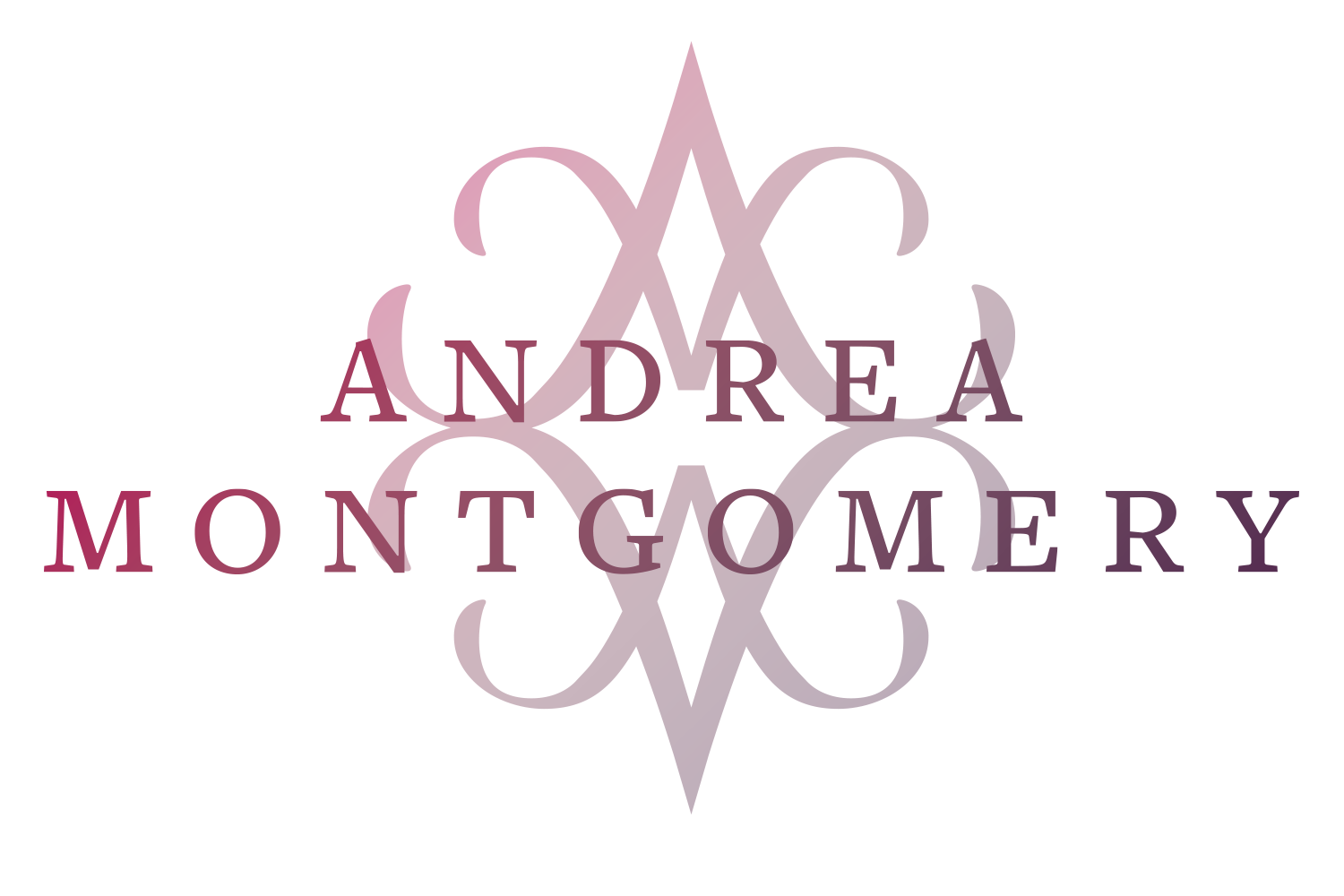


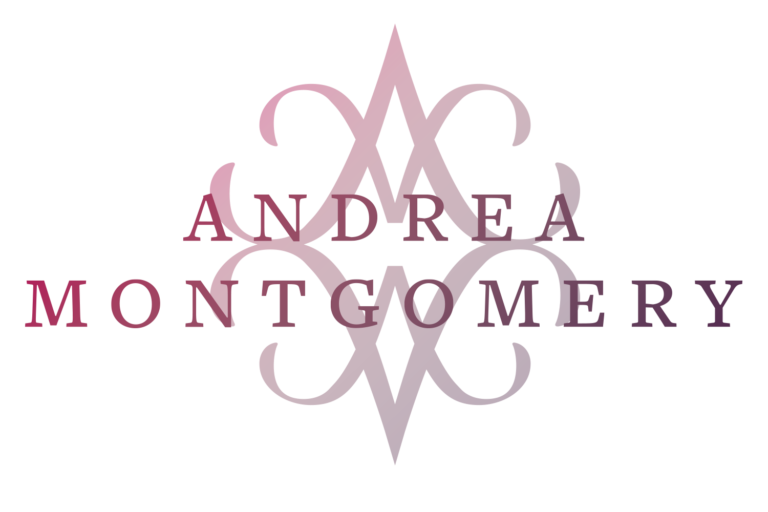
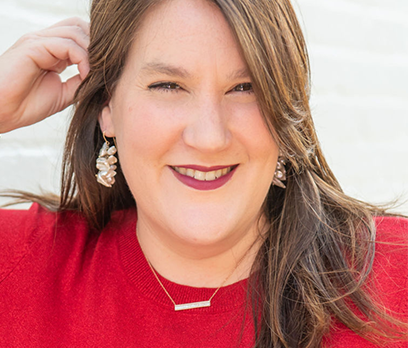
Leave a Reply